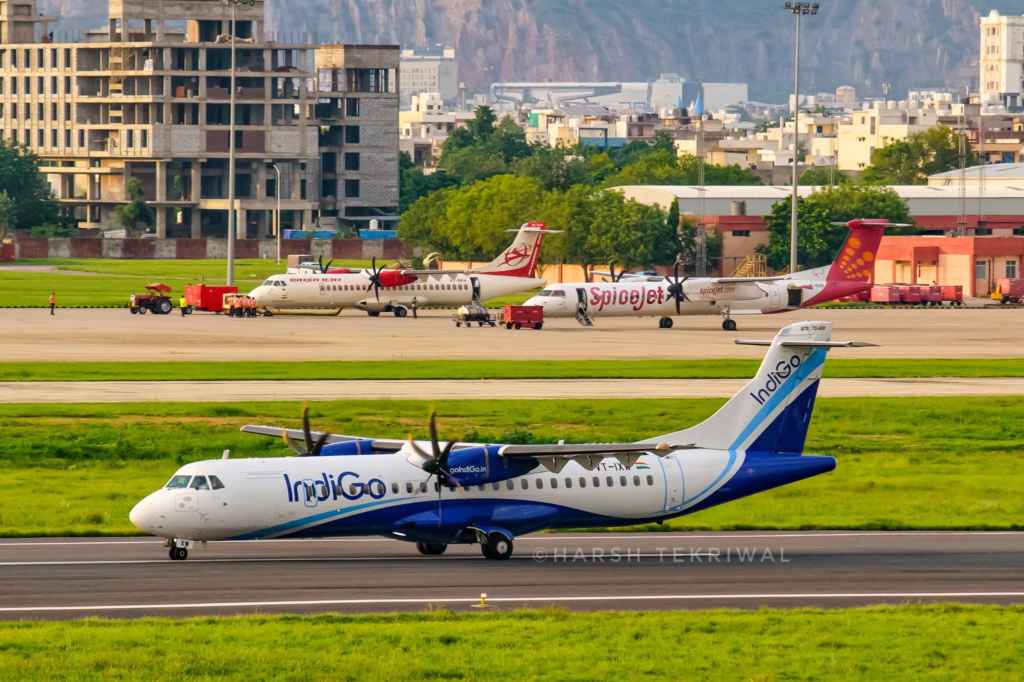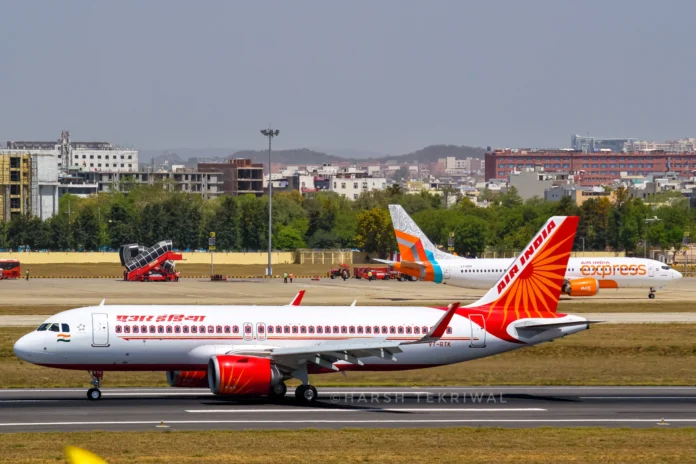MUMBAI- Tata-owned Air India (AI) Group is aiming to enhance regional connectivity in country amid demand from tier 2 and 3 cities.
This will reshape the Indian regional aviation landscape and Gurugram-based carrier will connect metro cities with smaller regions. Further, there is significant infrastructure development, which will create more demand.

Air India Regional Connectivity
This potential expansion will put Air India in direct competition with India’s largest domestic carrier IndiGo Airlines (6E), which has been steadily growing its turboprop fleet to strengthen its regional presence.
Sources familiar with the matter told Mint that Air India has been holding internal discussions about this strategic move. “The opportunity in the regional space is staring us in the face, and the intent is to provide a complete travel solution to Indian travelers,” said a company official who requested anonymity due to the sensitive nature of the discussions.
India’s regional aviation sector has seen significant growth, buoyed by the government’s UDAN regional connectivity scheme and increased airport infrastructure in smaller towns as mentioned earlier.
Also Read: IndiGo Traffic Up, Air India Trails, Akasa Leads in OTP in May 2024 Performance – Aviation A2Z
Industry estimates suggest that Indian airlines operated around 200,000 regional flights in 2023, with IndiGo and SpiceJet (SG) leading the space.
While Air India explores this new direction, it’s worth noting that its former subsidiary, Alliance Air, which specialized in regional operations, was not included in the Air India divestment and continues to operate as a government-run airline.

Challenging IndiGo’s Dominance
The timing of Air India’s regional aspirations coincides with IndiGo’s plans to expand its fleet of ATR aircraft, a popular choice for regional routes. IndiGo currently leads the regional aircraft market with 45 ATR-72s and five more on order.
As part of its strategy, Air India is showing particular interest in ATR aircraft, although it remains unclear whether the regional expansion will be housed under the low-cost Air India Express or the full-service Air India brand. The Tata group, which acquired Air India in January 2022 for ₹18,000 crore, is in the process of merging its four airlines into two entities by the end of this year.
The move comes as India’s air travel penetration rate remains relatively low at 3-7%, presenting significant growth potential, especially in smaller towns and cities where income levels and the propensity for air travel are rising.
India’s regional aircraft fleet has grown by 12.5% since the end of 2023, now totaling 108 aircraft, according to data from Flightradar24. This expansion underscores the increasing importance of regional connectivity in India’s aviation sector.
As Air India contemplates this strategic shift, industry observers will be watching closely to see how it could alter the competitive landscape of India’s regional air travel market.
Join our Telegram Group for the Latest Aviation Updates. Subsequently, follow us on Google News.
The post Air India Aims to Enhance Regional Connectivity with New ATR-72s appeared first on Aviation A2Z.

